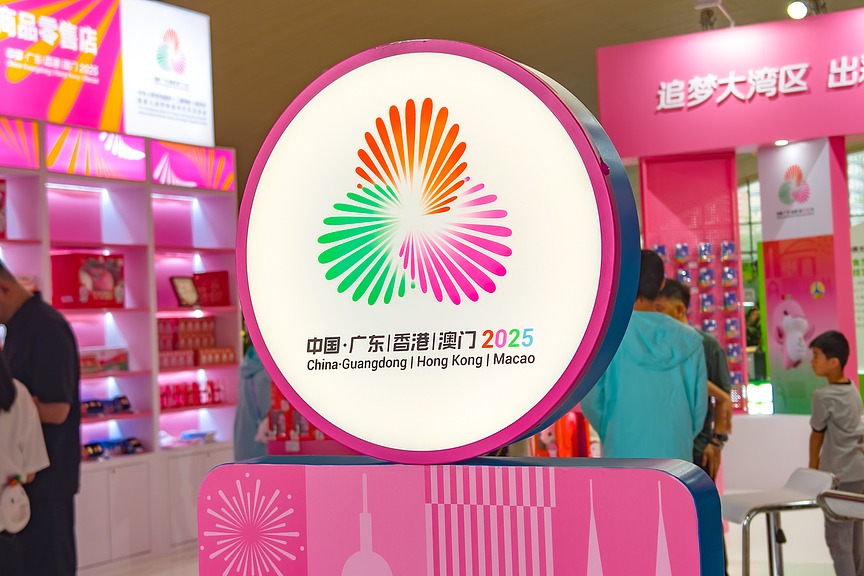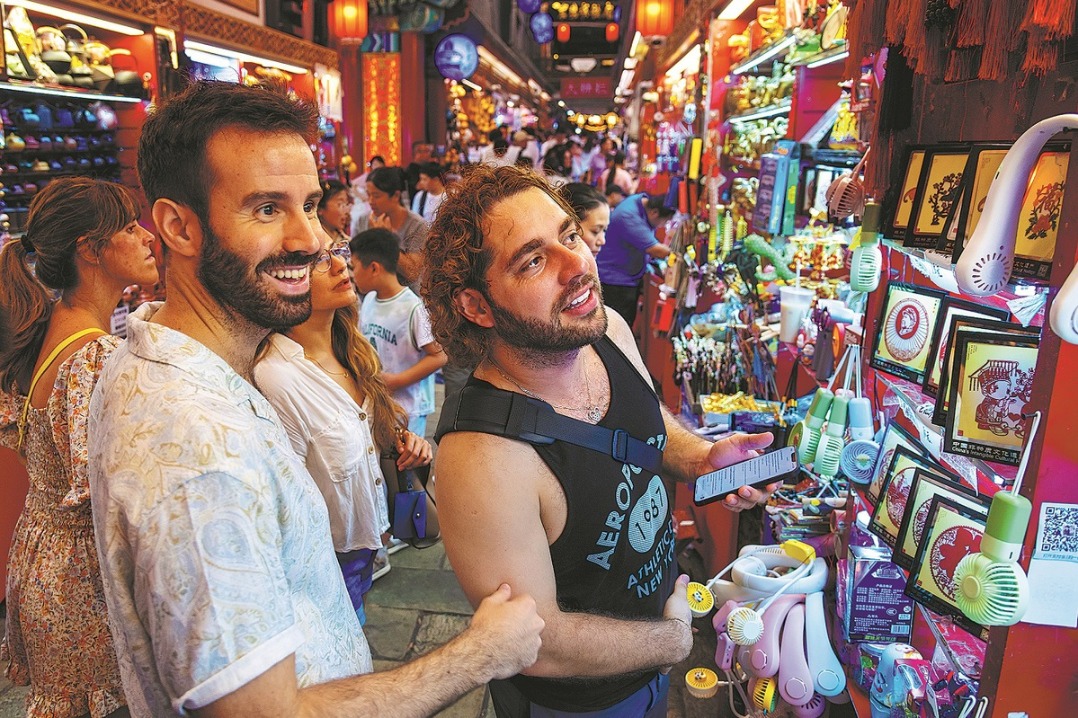What's on

Blue-and-white
The history of making blue-and-white (qinghua) porcelain in China can be traced to the Tang Dynasty (618-907). However, it is those produced in the Yuan Dynasty (1271-1368) that are highly regarded for their fine technique and design, and have become popular among collectors. Liaoning Provincial Museum is showing 10 Yuan blue-and-white porcelains in its collection and from the city museum of Fuxin, along with photos, images and other documents investigating the birth, firing, selling and use of the type. Through these beautiful vessels, one can also have a glimpse of the manufacturing, commodities, social life and aesthetic values at the time. Four objects on show have been newly added to the assemblage of the museum this year, including a jar, two high-foot cups and one bowl. A touch screen at the long-term exhibition will allow visitors to pinpoint major excavation sites of Yuan porcelain across the country and the routes along which they were transported across the world, along the ancient Silk Road and Maritime Silk Road.
9 am-5 pm, closed on Mondays. 157 Zhihui San Street, Hunnan district, Shenyang, Liaoning province.024-2320-5102.
Ink treasures
Inkstones are one of the four treasures of Chinese scholars. It was during the mid — and late periods of the Eastern Han Dynasty (25-220) that the earliest known inkstone came into shape. This historic type of stationery is not only a useful tool but also, when made with exquisite technique, is considered by intellectuals as a symbol of cultural accumulation and taste in art. Well of Ink, a long-term exhibition at Nanjing Museum, Jiangsu province, shows dozens of vintage inkstones to highlight the role of this small piece of artistry in the development of Chinese cultural tradition. Highlighted objects include a gilt bronze inkstone case that was unearthed in 1969 from an Eastern Han tomb in Xuzhou, Jiangsu. Decorated with colorful mineral stones, it is believed to be crafted in the shape of a crouching toad, which was viewed at the time as an animal with powers to fight against evil, prolong people's life and bring fortune. And it has wings to reflect Han people's wish for immortality. Inkstones from the Song Dynasty (960-1279) on display show a trend of intellectuals at the time who were also enthusiastic designers, makers, collectors and critics, and their high taste further promoted the making of this intricate piece of handicraft.
9 am-5 pm, closed on Mondays. 321 Zhongshan Dong Road, Xuanwu district, Nanjing, Jiangsu province.025-8480-7923.
Past and present
Steel manufacturing has played an important role in the development of Shanghai into a metropolis, meanwhile leaving behind industrial zones in need of transformation. One such old steel mill in Baoshan district is currently under a renewal project and will be turned into a campus of the Shanghai Academy of Fine Arts. An exhibition at the China Art Museum in Shanghai pays tribute to the history of steel making, how the industry shaped the city and how industrial areas will be given a new life with the introduction of art. The exhibition running through to Feb 24 shows selected paintings from the 1950s and '60s, in the collection of the China Art Museum, which depict the booming scenes at steelworks in the style of socialist realism. It also shows works by teachers from art academies across the country which present distinctive explorations in the themes of steel, industrialization and urbanization. The exhibition is the second installation of the kind under Wind Over the Sea, a project launched by the Shanghai Academy of Fine Arts two years ago to address the past and present of Shanghai. There are also lectures, forums and public art programs to discuss the integration of industrial heritage and art in reinvigorating communities.
10 am-6 pm, closed on Mondays. 205 Shangnan Road, Pudong district, Shanghai. 400-921-9021.
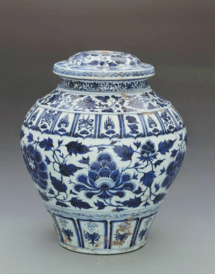
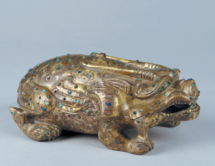
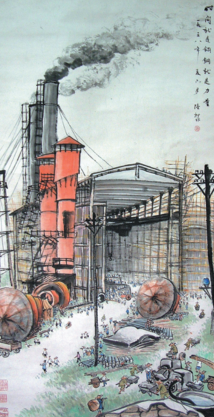
Today's Top News
- Top DPRK leader visits China-DPRK Friendship Tower
- China proposes global cooperation body on AI
- Scholars propose inclusive human rights framework
- Turning challenges into opportunities
- Nighttime economy savoring more success
- China calls for calm over border clash


















